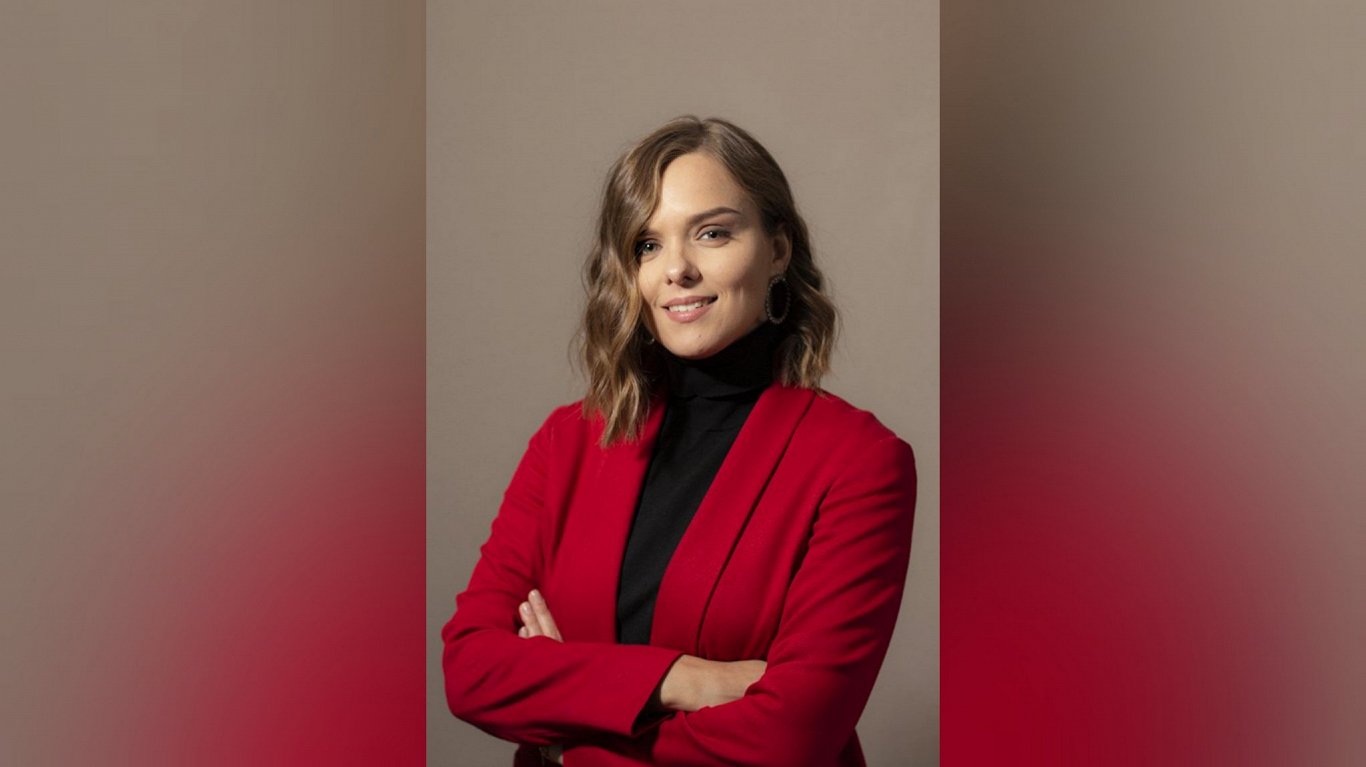Alice’s story begins in 2016, when her mother develops ovarian cancer. Research shows that Alice has a gene mutation that makes her more likely to develop breast or ovarian cancer. On first scans nothing seems wrong, but in June 2018 she was diagnosed with breast cancer at the age of 27. It’s three months after her mother learned that the ovarian cancer is back.
For Alice, sixteen chemotherapy, radiation and a breast-conserving operation follow. “We dragged each other through the chemo,” she says about the trajectory that she started at the same time as her mother. “She put herself aside for me, but I did that for her too. She was my support and rock.”
–
–
Alice’s treatments are successful: she will be declared clean in January 2019. Her mother later died of the disease. “I had to say goodbye to her last year. She was not allowed to,” Alice says emotionally. “She was very happy that she had saved me: without her illness I would have had no idea that I was carrying the gene and I would not have been able to tell this story. But it was hard to see how she deteriorated.”
Burn-out
If you ask Alice how she is doing, she says ‘very well’. “Physically it’s quite okay, now and then I get a tick if I want to do too much. You’re used to that at a young age,” she says. “My body is now letting go of the kilos that came with medication and I am building up nicely.”
Although it has not been an easy road. “I’m a teacher and I’ve had a difficult integration.” Residual complaints, misunderstanding and limits to her energy make that difficult and lead to a burnout. “I tried to indicate my limit, but it was not respected. In the end you stand in the void screaming.”
–
–
‘Invisible group’
Every year, nearly 4,000 young people between the ages of 18 and 39 are diagnosed with cancer. They are called AYAs, which stands for Adolescent and Young Adult.
The special foundation AYA Jong & Kanker Foundation is drawing attention to this group with a new campaign. According to the foundation, this is too often invisible and that needs to change. “Because not only during your illness, but also for a long time afterwards, this illness can disrupt your life,” says founder Kim Gringhuis-Ottens.
–
–
According to Alice, people push it aside too easily. “A lot of people say two months after you have been declared clean: it’s over. But that’s not the case. You are still working on it every day.” There are also physical complaints that simply do not go away. “I have edema, which keeps my left arm filled with fluid. I have exercises and compression stockings for that and I go to edema therapy,” Alice says.
Too few handles
So many physical and mental challenges, but there is more that disrupts the lives of AYAs. For example, they are not eligible for certain mortgages, insurance policies or benefits. Alice: “When you are twenty you hope to be able to continue for a long time, but things like financial problems, fertility, getting a house or starting your study make that difficult. There are not enough tools for that at the moment. “
And thus, even if you are healthy, your life can still be on pause. The campaign of the AYA Jong & Kanker Foundation now focuses on this. The target? More attention for this group and more age-specific care. Because that is missing, Alice also knows.
–
–
“Healthcare professionals need to know that there’s a difference between telling someone who is 20 or someone who is 60 that she can’t have any more children,” she says. “The sensitivity part in healthcare could be improved: look at the person behind the patient. And the realization that as a young person you have certain after-effects for longer.”
Waiting for results
Despite everything, Alice has faith in the future. She has now been fully integrated again and will have her own class for the first time next school year, for five days a week. She also sees her health positively. “I’m waiting for a result, but I’m not nervous about it. I feel it’s good.”
–
–
.jpeg?itok=6E3gv5pN&offsetX=272&offsetY=429&cropWidth=1701&cropHeight=957&width=2048&height=1152&impolicy=dynamic)

